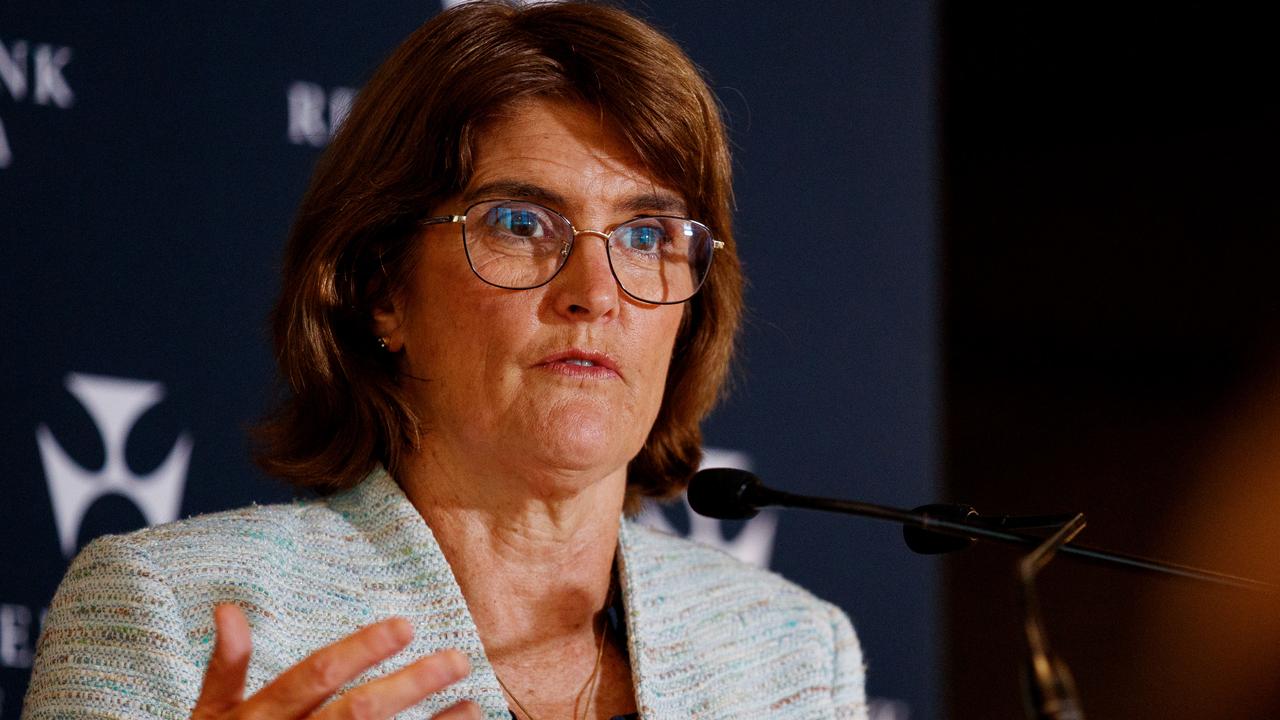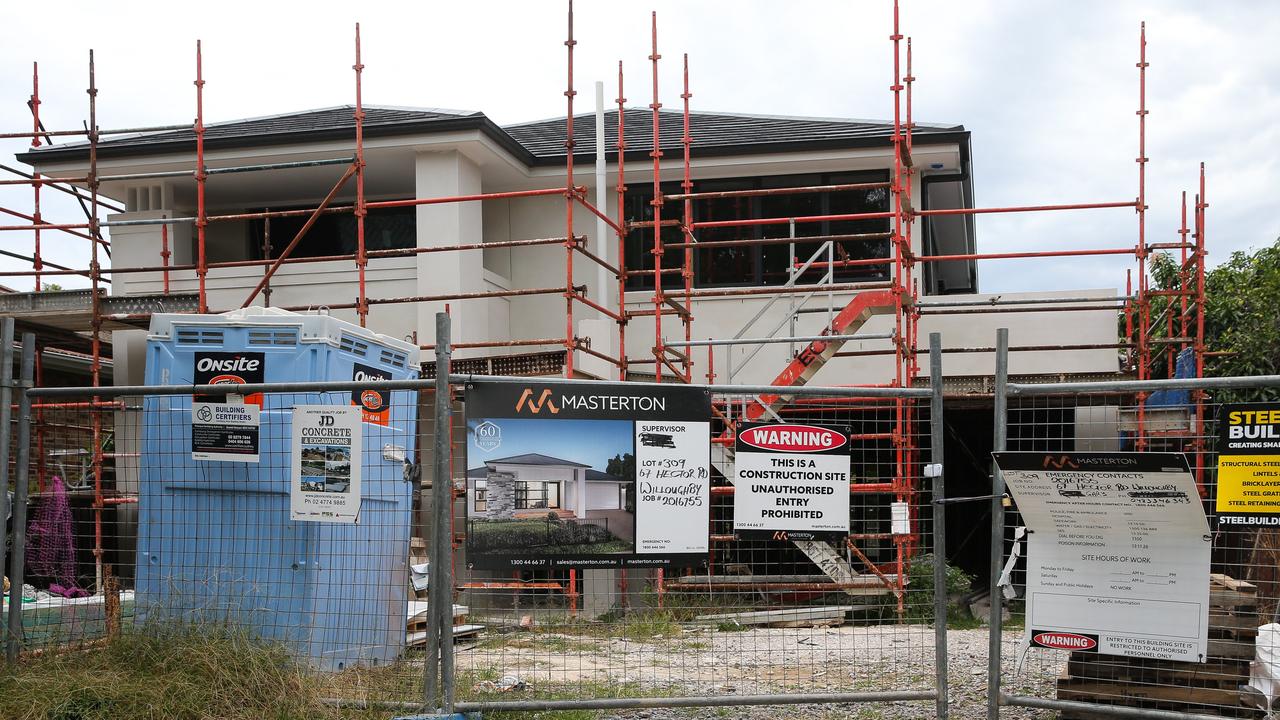NAB foresees rate breather
NAB has deferred its forecast for the next interest rate rise, warning that the economy is "stalling" this quarter.

NATIONAL Australia Bank has deferred its forecast for the next interest rate rise, warning that the economy is "stalling" this quarter.
The bank's economics team yesterday forecast that "ongoing softness" in inflation and the broader economy would compel the Reserve Bank to sit tight on the official interest rate.
Business conditions recovered only partly last month and remained broadly negative in the wake of the floods.
NAB's economists said Reserve Bank board members were now unlikely to lift the official interest rate until August, when they tipped it would climb 25 basis points to 5 per cent.
The economics team, led by Alan Oster, had previously forecast a rate rise in May, with another in August.
It continues to forecast two increases in the cash rate this year, with the second 25 basis point rise now likely in November.
In research published alongside the bank's monthly business survey yesterday, NAB's economists said the Australian economy continued to slow late last year and would "stall because of floods" this quarter.
NAB's business conditions index climbed four points but remained in negative territory at -2.
"The multi-speed economy is again very evident," the bank said.
"Although mining is getting back to normal and recreation is doing well, a brace of domestically focused industries continues to suffer -- retail, wholesale, construction and manufacturing.
"Labour cost pressures continue to soften and inflation remains very low."
NAB's economists warned that any sign of wage inflation spawned by the low jobless rate, or higher prices as a consequence of the floods, could still trigger an "earlier or larger" rate rise.
"There remain significant upside risks associated with any sudden tightening of the labour market as the mining investment boom gathers momentum and the flood reconstruction effort gets under way," they said.
"Any tendency for wage pressures to increase and become embedded in inflation expectations would see the RBA adopting a more aggressive monetary policy stance."



